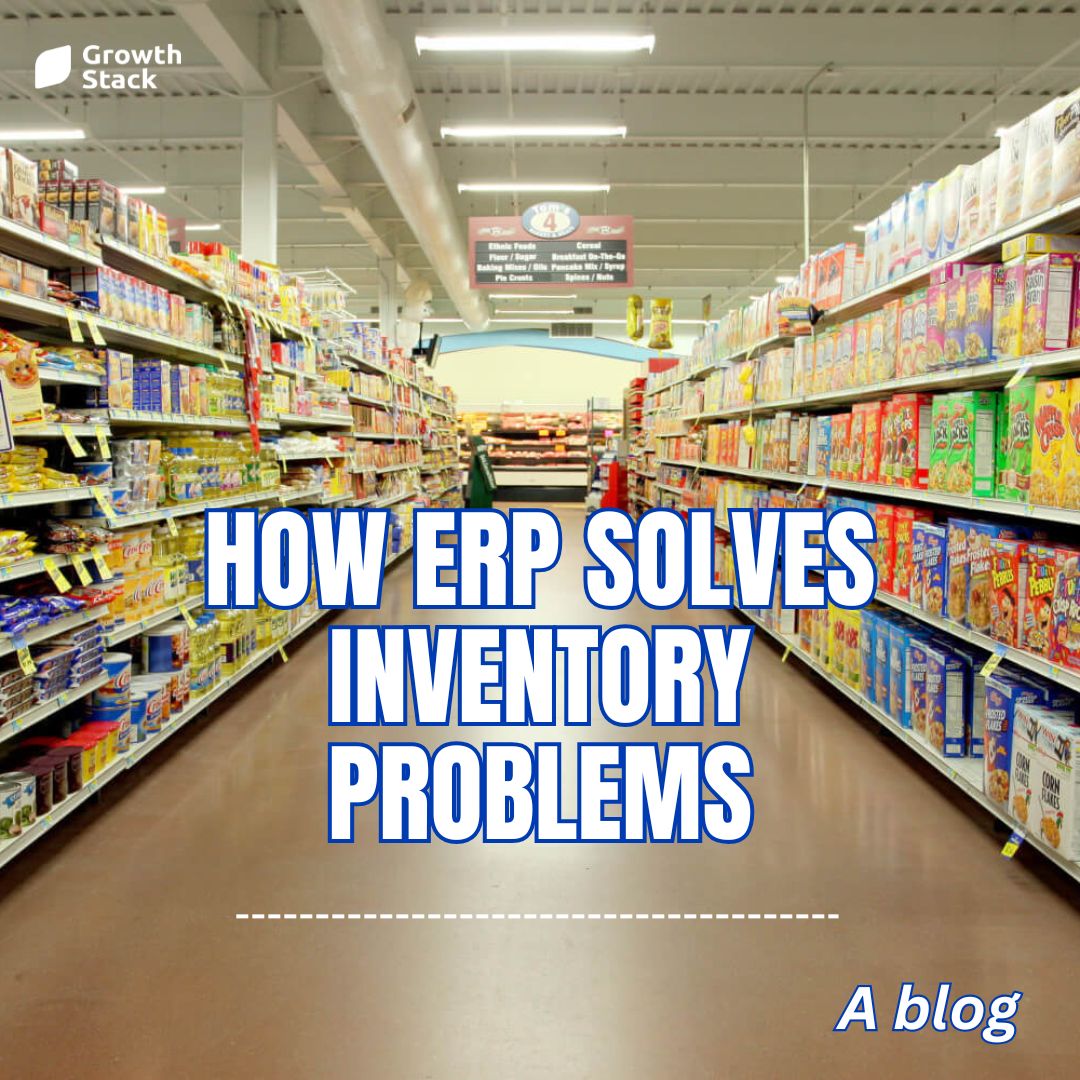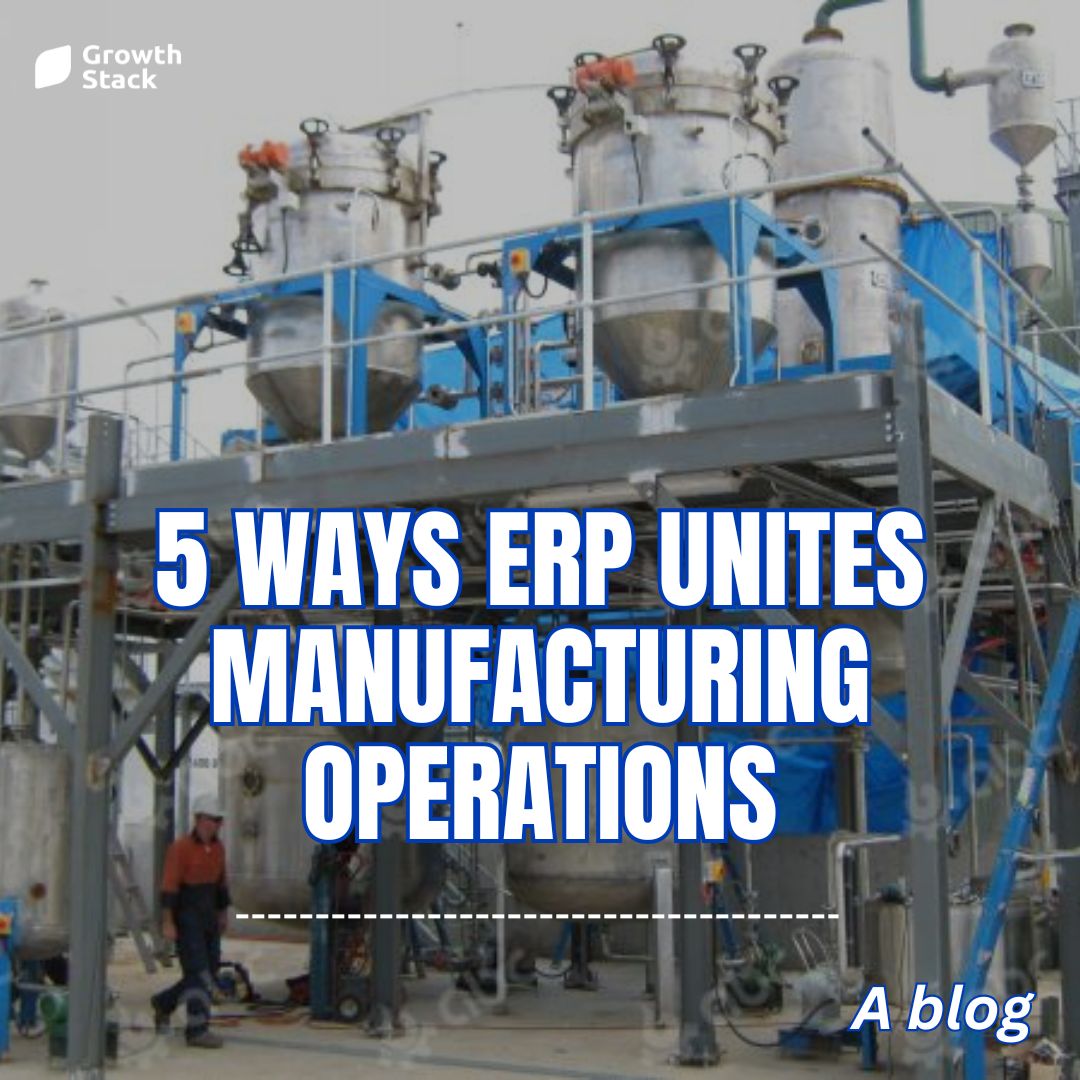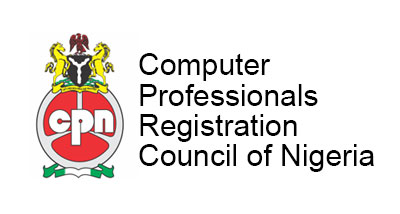As you prepare for an ERP implementation, you’re probably taking steps now that can eventually lead to more efficient, streamlined, and yes, less expensive business processes later. Many people know that business process analysis can help them cut costs in their business, but actually re-engineering business processes to maximize efficiencies can cut significant costs later. The following five steps can really help you zap those excess expenses and get the most from your ERP implementation.
Process Steps that Help You Save Money
As you consider your business processes, consider them in the context of your ERP system. If you’re replacing an existing system, newer systems may offer better performance if you carefully consider all of your business processes.
Step 1: Review current processes within the context of the new ERP system
You’ve probably got your current processes nailed down, but within the context of your older system. Now’s the time to evaluate whether or not those processes are working for you. Set a goal for each process—what do you want to achieve? Then map out the process afresh. When you set your goal or vision first, you can help everyone chart a clear course to achieving it, and save countless consulting hours later tweaking processes already established in your ERP system. Do the work now; save later.
Step 2: Prioritize tasks.
Give higher priority to foundational task mapping as you study your ERP system. Foundational tasks are those that other tasks build upon. Many foundational tasks are already built in a new ERP system, so why reinvent the wheel? Prioritize your new business processes around using the foundational tasks found within the new system. You can then focus your energy on items not addressed by the software. Some basic tasks are probably just fine in the ERP system, but others must be customized. Keep what works and change what doesn’t.
Step 3: Define cost savings.
Time is money, and you’re probably wasting a lot of time right now in repetitive or duplicate tasks. In what areas of your business processes do you find repetition? Look for ways to map solutions to your new system and to eliminate common problems such as duplicate data entry, silo data, and other problems that keep you from achieving goals. Most cost savings will be achieved through minimizing labor costs, and that means finding ways to use your new ERP system to eliminate redundant tasks and processes. Save time on tasks and you’ll save money later.
Step 4: Find non-labor savings, too.
You can also find savings among other areas of your business. Inventory management becomes easier with information, and ERP systems are good at sharing information and providing you with the big-picture data you need to make better decisions. Reducing excess inventory, and making better use of existing inventory by tightening up customer demand projects is just one way in which you can find additional quantifiable savings in your systems.
Step 5: Measure against goals.
Knowing what you want to achieve, mapping the processes and tasks, and then measuring the improvements are all part of smart business management. Set milestones for goals so that you can measure incremental improvements. You won’t see a huge cost savings in one fell swoop, but every bit counts, especially when it comes to time-saving for your team. As part of measuring against goals, set expectations for your personnel too, and make sure they understand the purpose of an ERP system. Once they “get” what you’re trying to achieve, they’ll probably collaborate with you to achieve cost and time savings.
It takes courage to chart a new course for success. With an ERP system in place, you’ve got a powerful tool to help you along the journey. Re-engineering business processes might sound daunting, but in the end, the cost and time-savings will outweigh the time spent on the process. Enjoy the journey.
Growth Stack Business Process Automation Company offers solutions to help you work smarter and better. Contact us at 0913 498 1618 for more information or visit our website to learn more.












